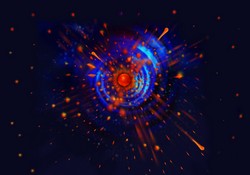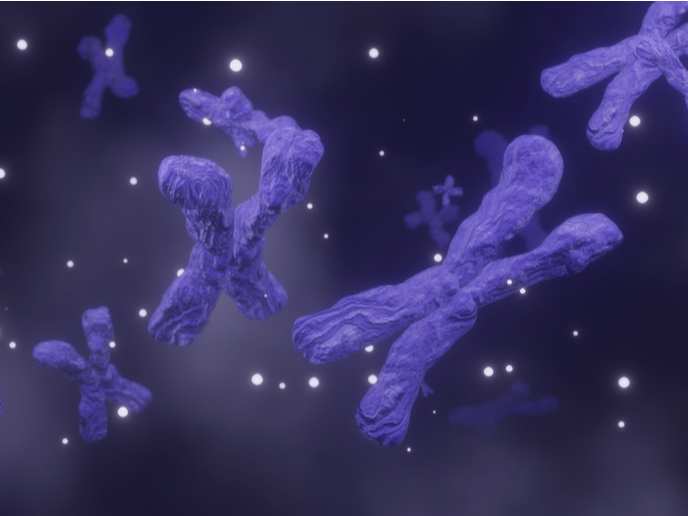Fundamental physics constrained by current observations
Particularly prominent are measurements of cosmic microwave background anisotropies, with the highest precision measurements being those of the European Space Agency’s (ESA) Planck satellite. Moreover, observations from complementary probes provide for consistency checks and defining stronger constraints on cosmological models. This possibility has attracted significant attention since the results could indicate the presence of new physics beyond the standard model of big bang. Research within the EU-funded project DEBAO (The dark energy imprint on the baryon acoustic oscillations) was in this direction. A complete model of the early universe would include a description of deviations from homogeneity – at least in a statistical way. Some of the most powerful probes of statistical descriptors are derived from the evolution of perturbations. Their study has, therefore, been intertwined with the determination of cosmological parameters. DEBAO scientists sought to describe perturbations using statistical descriptors such as matter and radiation power spectra. To this end, they combined observations from the Baryonic Oscillation Spectroscopic Survey (BOSS) and the Planck satellite, strongly supporting inflation as the origin of cosmic structure. It remained, however, an open issue whether the observed perturbations arise from fluctuations in the magnetic fields driving inflation or from a different source. Scientists analysed the simplest curvaton model assuming a second, light scalar field present during inflation. The DEBAO analysis encompassed both cases where inflation and curvaton mechanisms contribute to observable perturbations and where the curvaton itself drives an additional period of inflation. Scientists considered both power spectrum and non-Gaussianity observables to refine constraints in model parameter space. In addition, they explored the possible decay of the inflation particle credited with fuelling the universe inflation into curvaton particles in a perturbed thermalised universe. The results have received substantial attention from the scientific community looking into the overlap between cosmology and particle physics.







